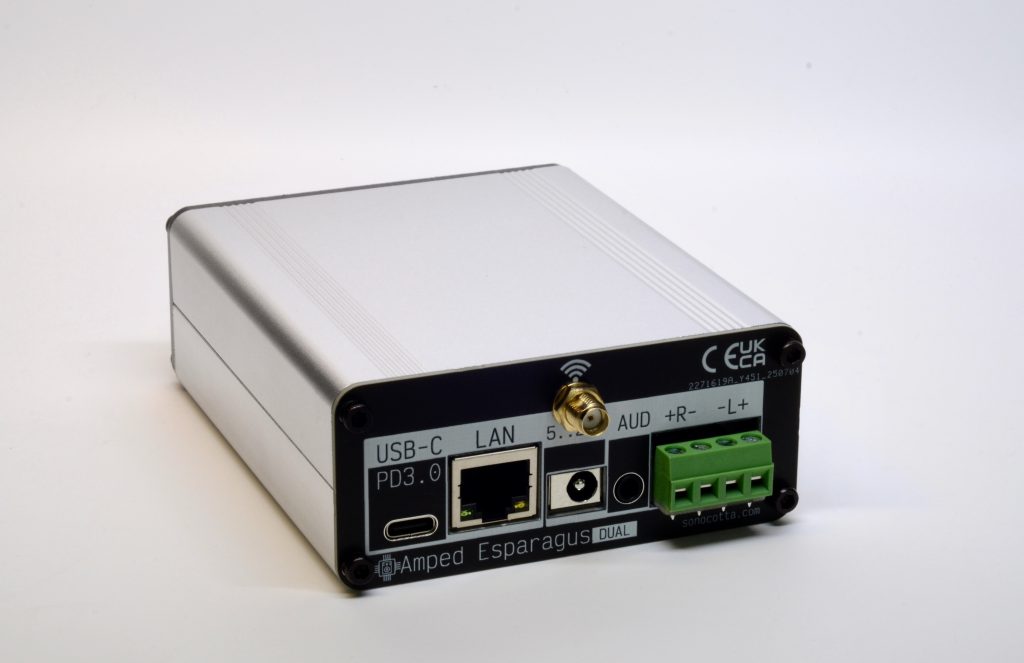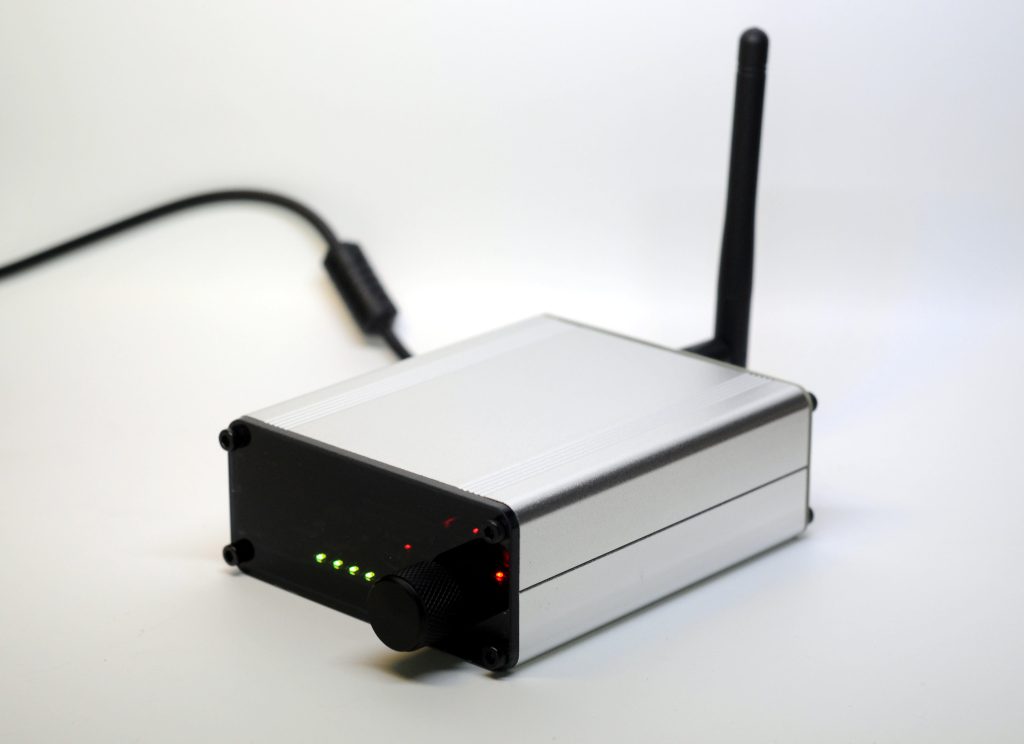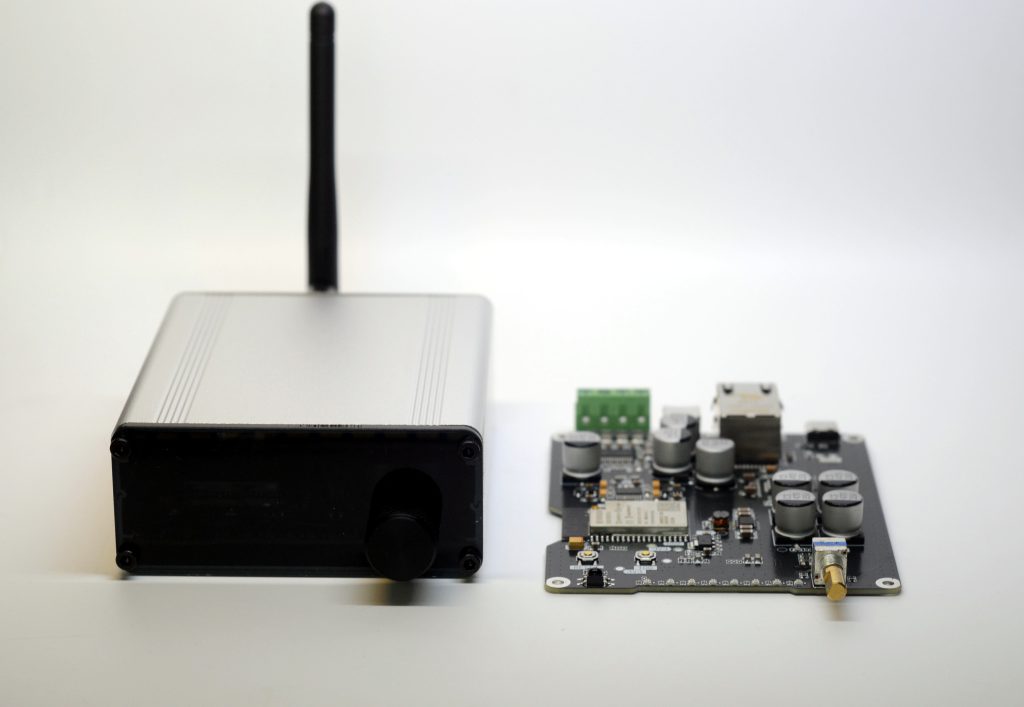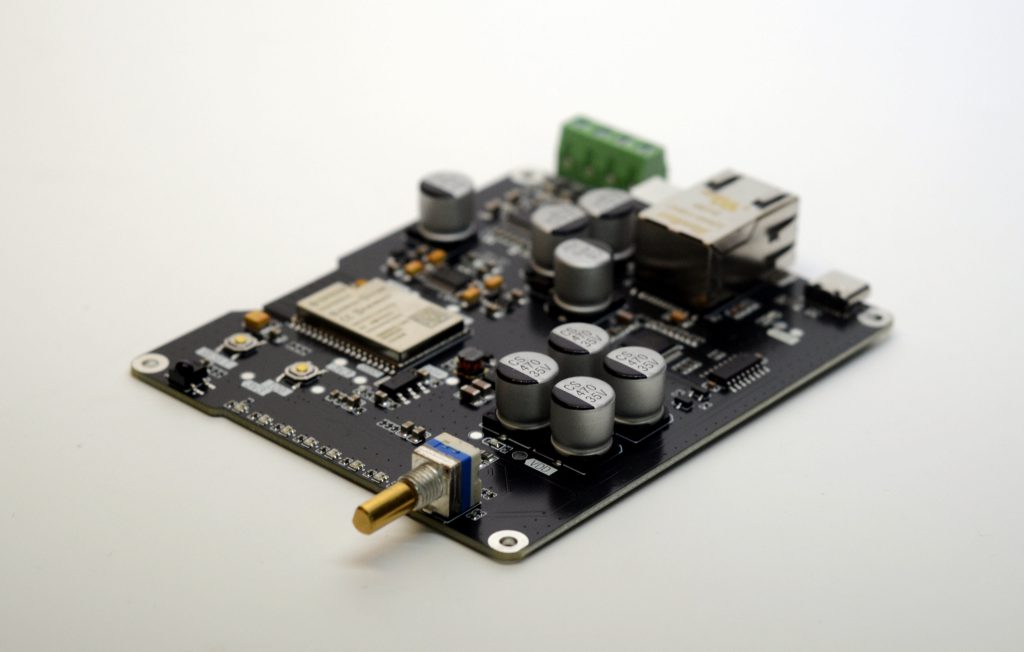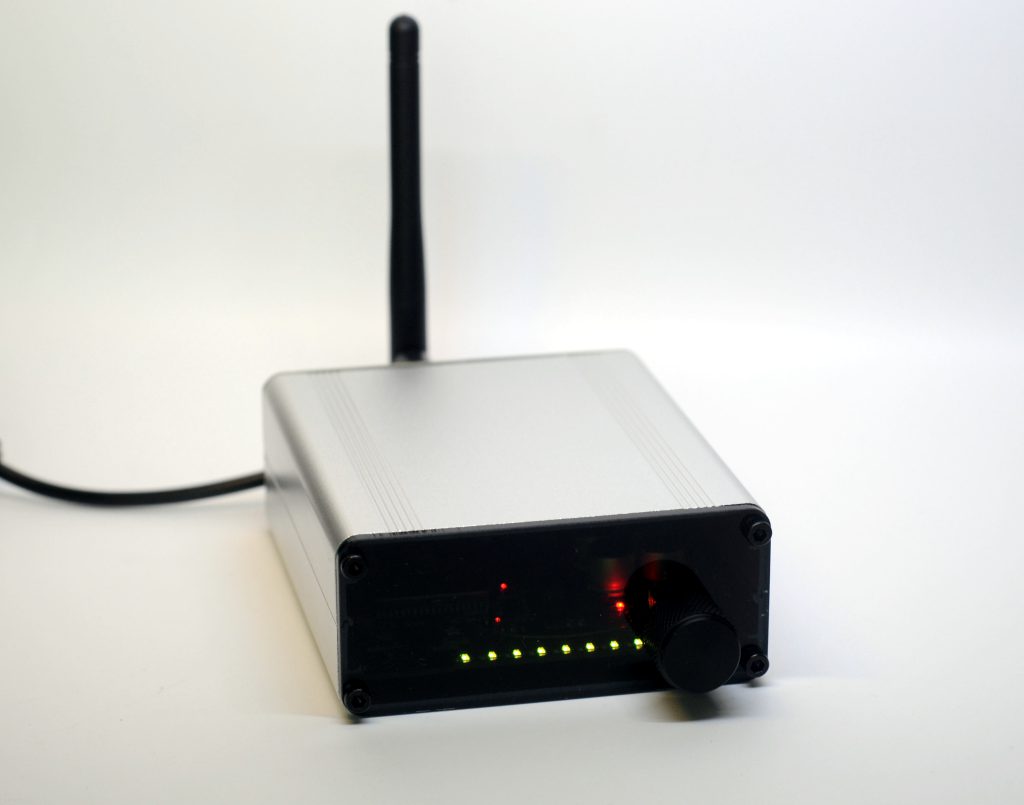
What is it?
Amped Esparagus is a device based on PCM5100 HiFi DAC (just like HiFi Esparagus) but adds a powerful and efficient D-class amp (TPA3110D2) so it can drive speakers directly. It has similar power capabilities to the Louder Esparagus, but it is much simpler to set up and use, since this DAC doesn’t need any configuration steps to get going, just a valid I2S audio stream.
Simplicity comes at a price, it doesn’t have a DSP unit either. Since it has an analog stage, you can use it either with a built-in amp or with an external amp, if prefer so.
Motivation
I did a few audio projects in the past, some using ESP32, and some using larger Orange Pi and Raspberry Pi devices. Each has its pros and cons, and with each iteration, I’m trying to focus on the details that were working best for me, while actually using them.
What I like about ESP32 is how lightweight it is. It barely draws power, so you may not care to turn it off at all. It boots in seconds and is ready for use in a snap. Still, it is capable and works at par with Linux SBC solutions for audio applications, while costing a fraction of their price.
With the Amped Esparagus, I’m implementing and testing a new updated look with every board equipped with a semi-transparent front face as standard. Behind it, there is a front-facing IR reader and 8-LED RGB strip (that can be used for audio visualization or power state). Most noticeably, there is a rotary encoder with a push-button, that allows quick change of volume or play/pause action.
Over the last few years, I have seen a few amazing software products created to deliver audio on the ESP32, like squeezelite-esp32 or euphonium. Esparagus board family designed specifically to run these great pieces of software and bring a new life into aging audio equipment that most of us have at home, but do not use that much these days, since it is not working with Spotify and the family.
Features
MCU Core
- ESP32 Dual Core 32-bit LX6 microprocessor running at 240 MHz
- 16 MB of flash storage
- 8 MB of PSRAM
- CH340 Serial communication / Flashing chip
Audio capabilities
- PCM5100A 32bit Stereo DAC working with
- TPA3110D2 D-Class amp
- 2x 22W at 16V at 4Ω (THD+N = 1%)
- 2x 25W at 22V at 8Ω (THD+N = 1%)
- Support USB-C power delivery or external power source
- Up to 90% efficiency (>80% typical)
Peripherals
- 0.96″, 128 x 64 px OLED Screen (optional)
- External Wi-Fi Antenna
- 8x WS2812B RGB LED strip
- W5500 Ethernet
Other
- RESET and GPIO0 (FLASH) buttons
- 88 x 38 x 100 mm Aluminum case
Onboard PSRAM
Audio streaming requires proper buffering to work, even with ESP32 500K of RAM it is a challenging task. For that reason, most of the projects will require WROVER modules that have onboard PSRAM chip.
Louder Esparagus has an 8MB PSRAM chip onboard, connected via a high-speed SDIO interface. Any code using PSRAM with just work out-of-the box.
Firmware samples
In the software section, two firmware examples are provided.
Documentation
Both software and hardware documentation can be found on the project’s Github. You can follow project progress at Hackaday
Where to buy
You may support our work by ordering this product at Tindie

